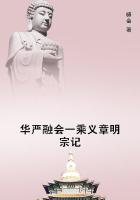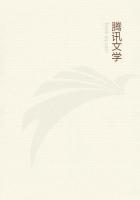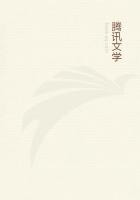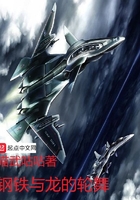Incredible stories are told regarding the rapidity of movement of this creature. It appears to be the fleetest of all animals, marine and terrestrial, and it can leap over the masts of large vessels. This speed is chiefly manifested when they are pursuing a fish for food;then, if the fish endeavours to escape, they pursue him in their ravenous hunger down to deep waters; but, when the necessary return swim is getting too long, they hold in their breath, as though calculating the length of it, and then draw themselves together for an effort and shoot up like arrows, trying to make the long ascent rapidly in order to breathe, and in the effort they spring right over the a ship's masts if a ship be in the vicinity. This same phenomenon is observed in divers, when they have plunged into deep water; that is, they pull themselves together and rise with a speed proportional to their strength. Dolphins live together in pairs, male and female. It is not known for what reason they run themselves aground on dry land; at all events, it is said that they do so at times, and for no obvious reason.
49
Just as with all animals a change of action follows a change of circumstance, so also a change of character follows a change of action, and often some portions of the physical frame undergo a change, occurs in the case of birds. Hens, for instance, when they have beaten the cock in a fight, will crow like the cock and endeavour to tread him; the crest rises up on their head and the tail-feathers on the rump, so that it becomes difficult to recognize that they are hens; in some cases there is a growth of small spurs. On the death of a hen a cock has been seen to undertake the maternal duties, leading the chickens about and providing them with food, and so intent upon these duties as to cease crowing and indulging his sexual propensities. Some cock-birds are congenitally so feminine that they will submit patiently to other males who attempt to tread them.
50
Some animals change their form and character, not only at certain ages and at certain seasons, but in consequence of being castrated; and all animals possessed of testicles may be submitted to this operation. Birds have their testicles inside, and oviparous quadrupeds close to the loins; and of viviparous animals that walk some have them inside, and most have them outside, but all have them at the lower end of the belly. Birds are castrated at the rump at the part where the two ***es unite in copulation. If you burn this twice or thrice with hot irons, then, if the bird be full-grown, his crest grows sallow, he ceases to crow, and foregoes sexual passion;but if you cauterize the bird when young, none of these male attributes propensities will come to him as he grows up. The case is the same with men: if you mutilate them in boyhood, the later-growing hair never comes, and the voice never changes but remains high-pitched; if they be mutilated in early manhood, the late growths of hair quit them except the growth on the groin, and that diminishes but does not entirely depart. The congenital growths of hair never fall out, for a eunuch never grows bald. In the case of all castrated or mutilated male quadrupeds the voice changes to the feminine voice. All other quadrupeds when castrated, unless the operation be performed when they are young, invariably die; but in the case of boars, and in their case only, the age at which the operation is performed produces no difference. All animals, if operated on when they are young, become bigger and better looking than their unmutilated fellows; if they be mutilated when full-grown, they do not take on any increase of size. If stags be mutilated, when, by reason of their age, they have as yet no horns, they never grow horns at all; if they be mutilated when they have horns, the horns remain unchanged in size, and the animal does not lose them. Calves are mutilated when a year old; otherwise, they turn out uglier and smaller. Steers are mutilated in the following way: they turn the animal over on its back, cut a little off the scrotum at the lower end, and squeeze out the testicles, then push back the roots of them as far as they can, and stop up the incision with hair to give an outlet to suppurating matter; if inflammation ensues, they cauterize the scrotum and put on a plaster. If a full-grown bull be mutilated, he can still to all appearance unite sexually with the cow. The ovaries of sows are excised with the view of quenching in them sexual appetites and of stimulating growth in size and fatness. The sow has first to be kept two days without food, and, after being hung up by the hind legs, it is operated on; they cut the lower belly, about the place where the boars have their testicles, for it is there that the ovary grows, adhering to the two divisions (or horns)of the womb; they cut off a little piece and stitch up the incision.
Female camels are mutilated when they are wanted for war purposes, and are mutilated to prevent their being got with young. Some of the inhabitants of Upper Asia have as many as three thousand camels:

